RARE! World War I Chaumont-en-Vexin Marne Salient Sector Operations Map
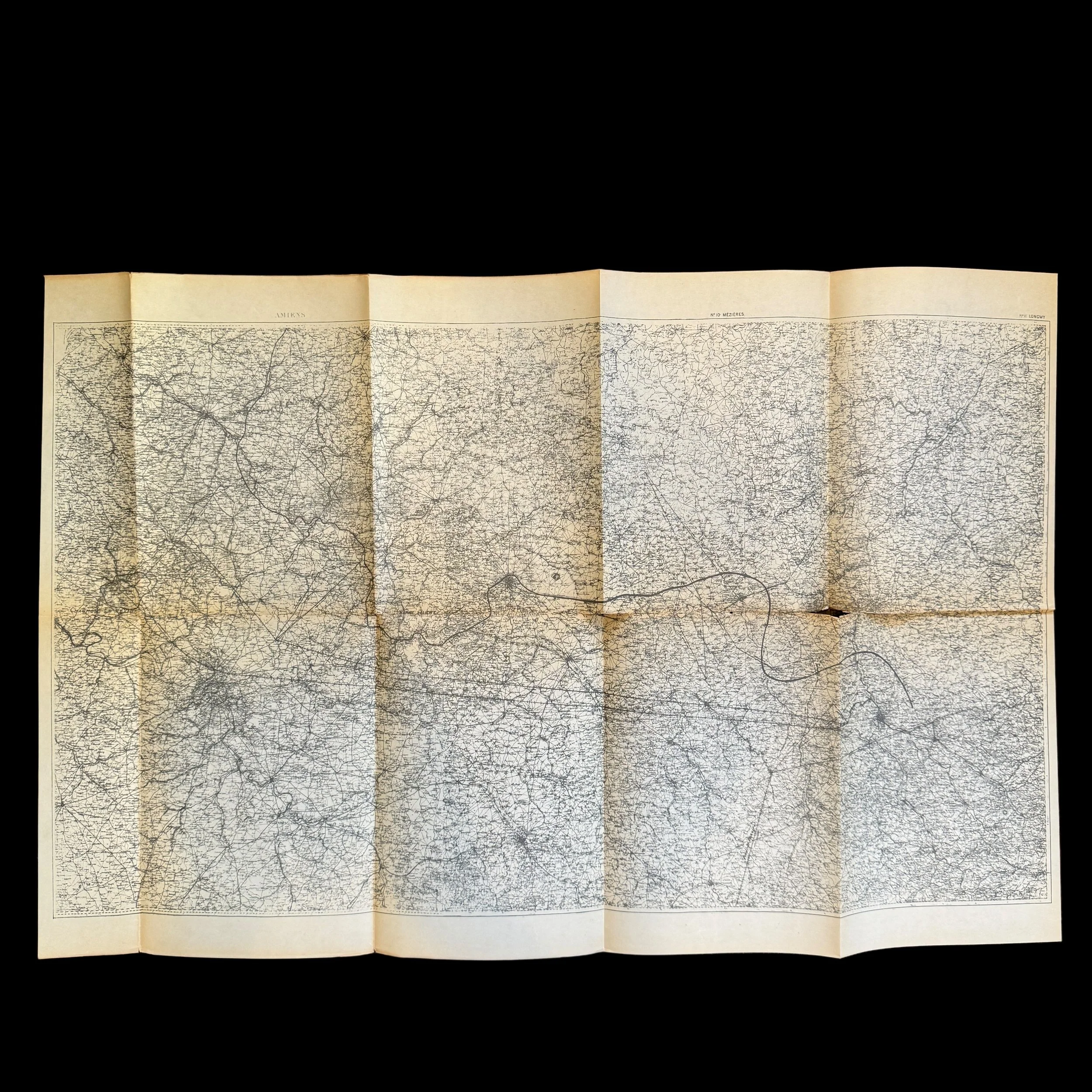










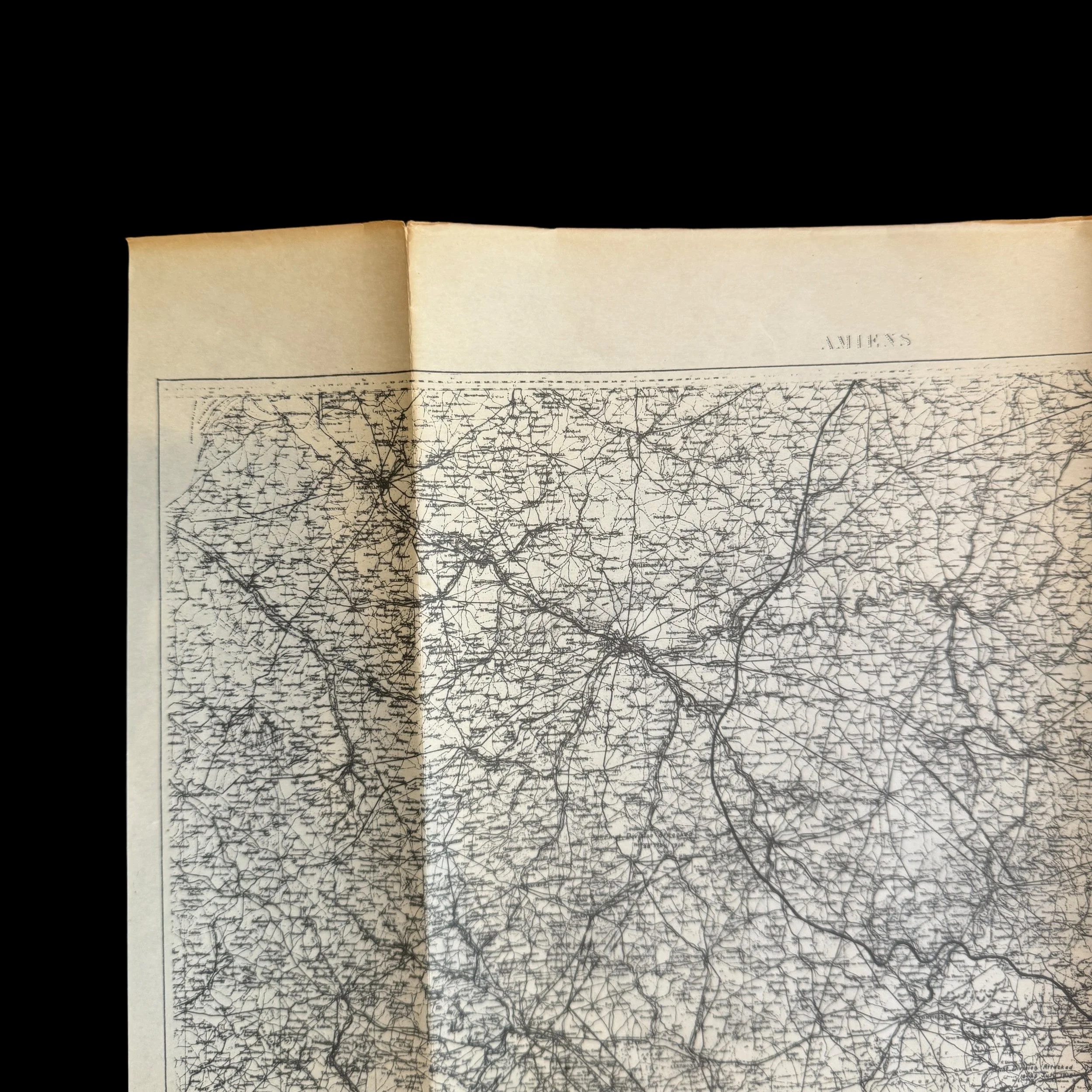
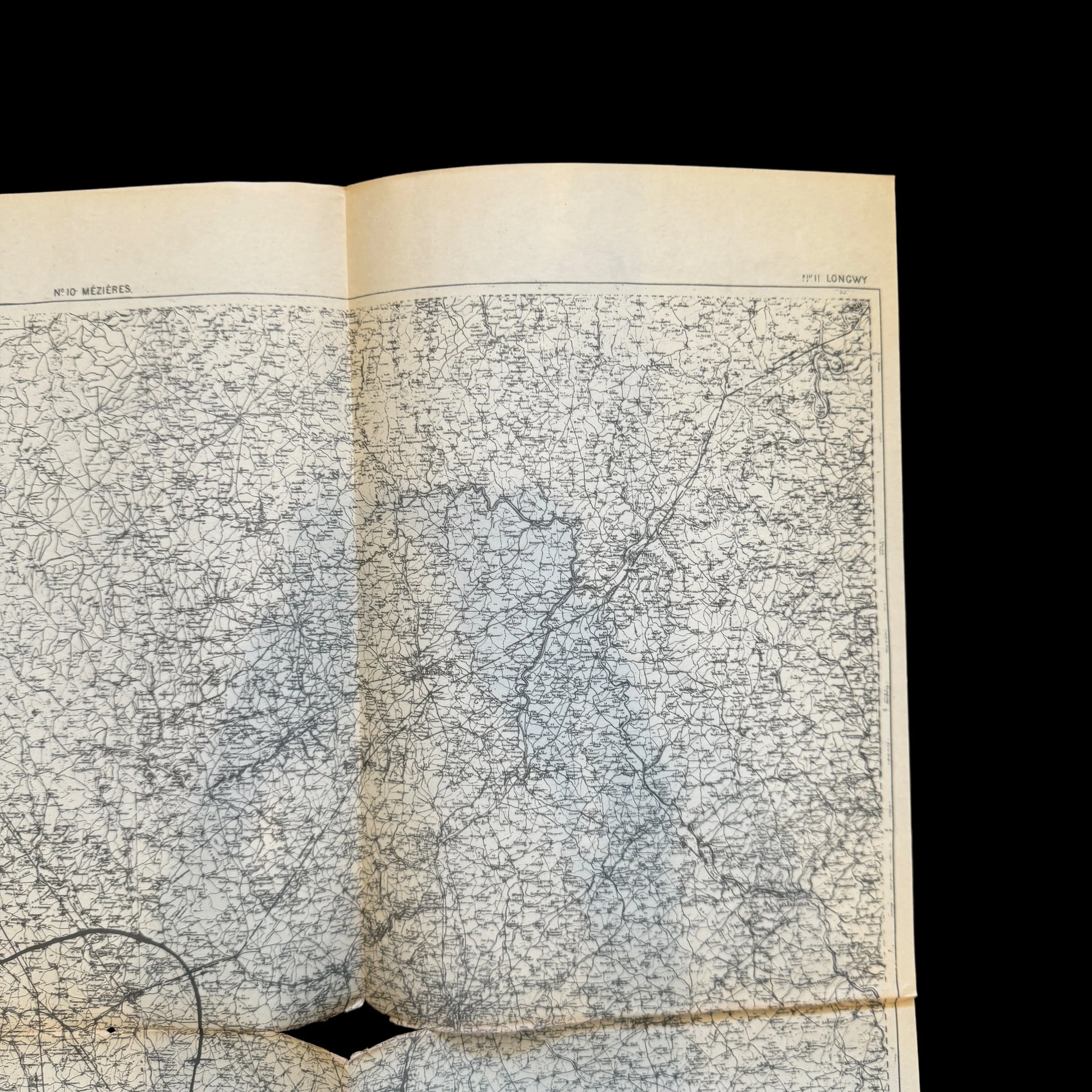



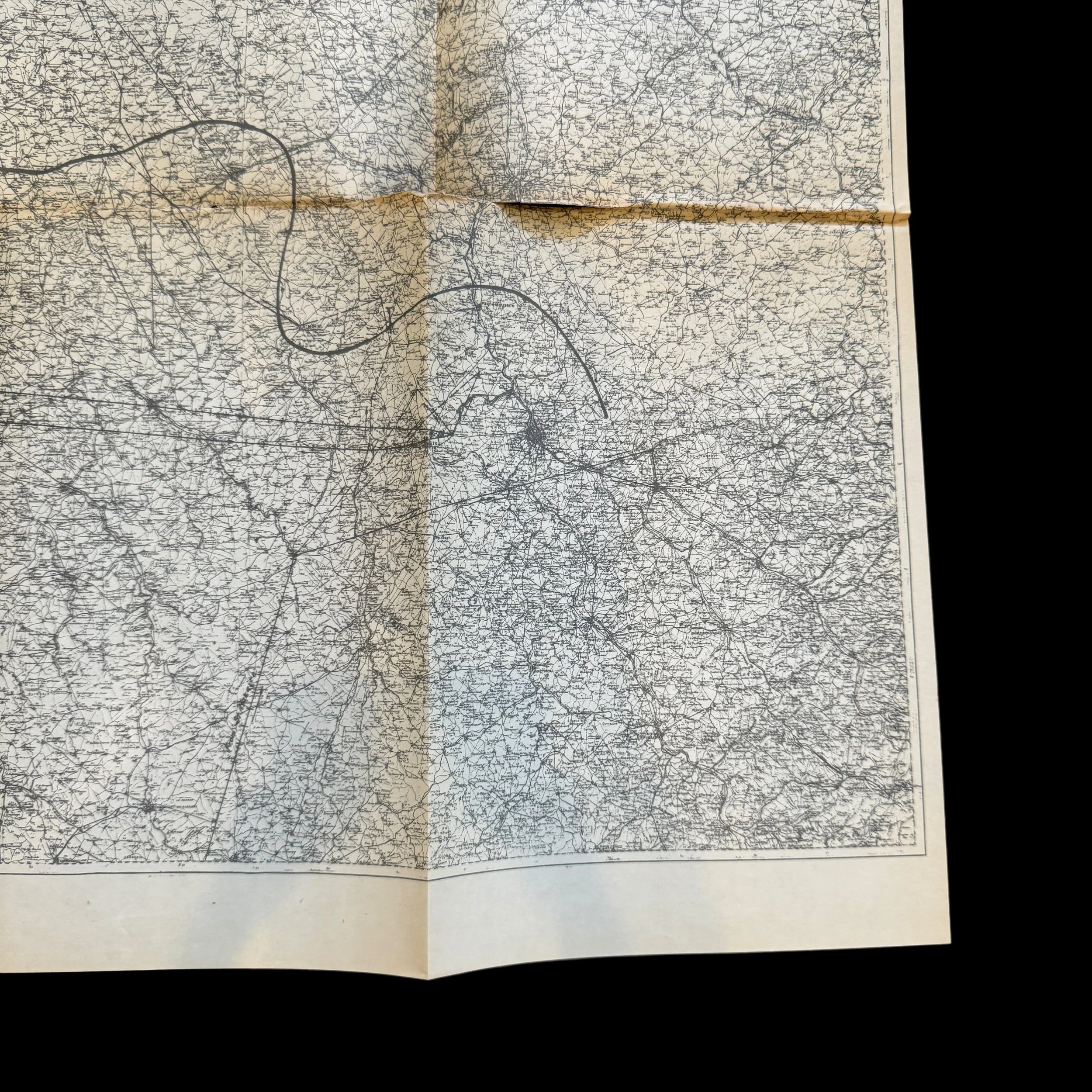
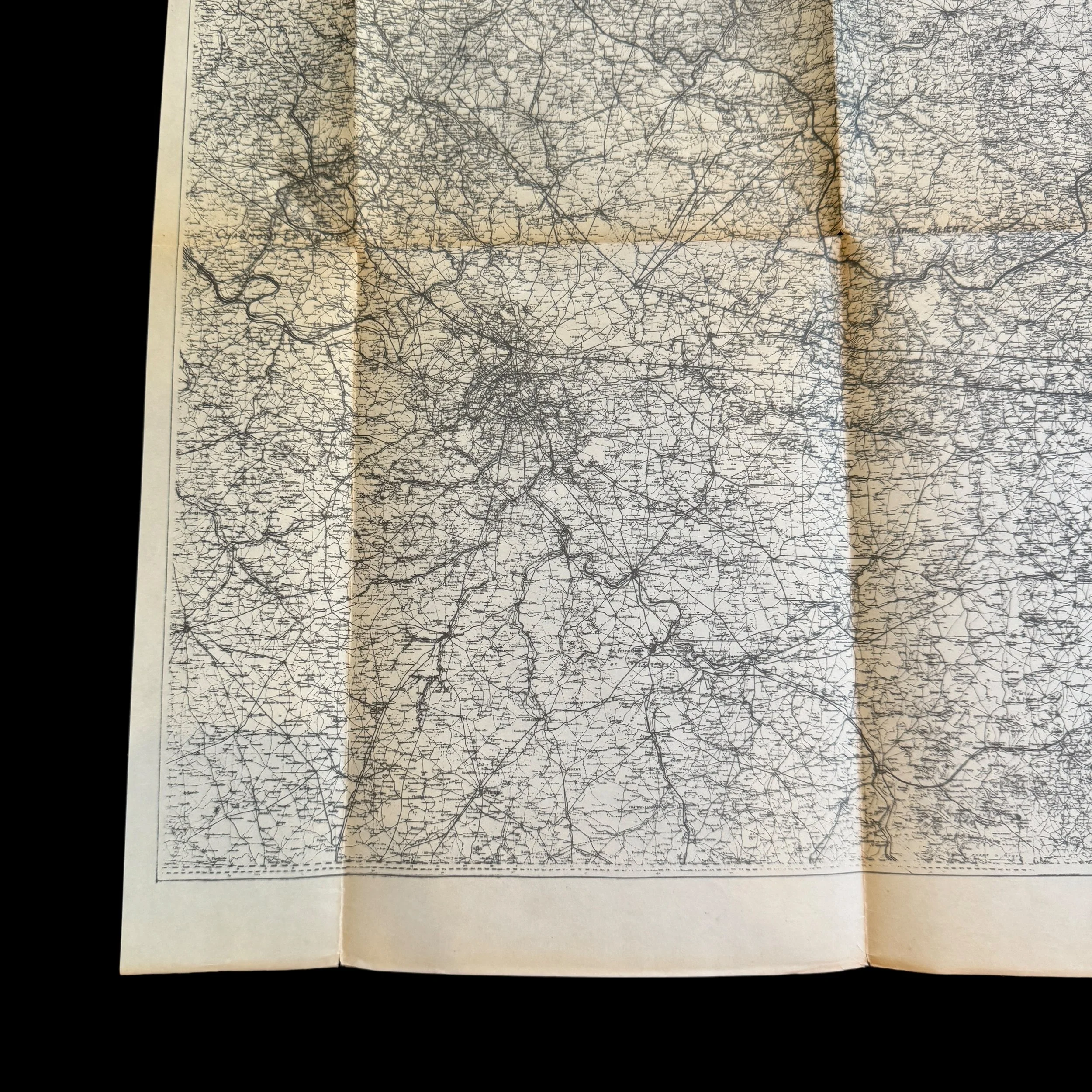
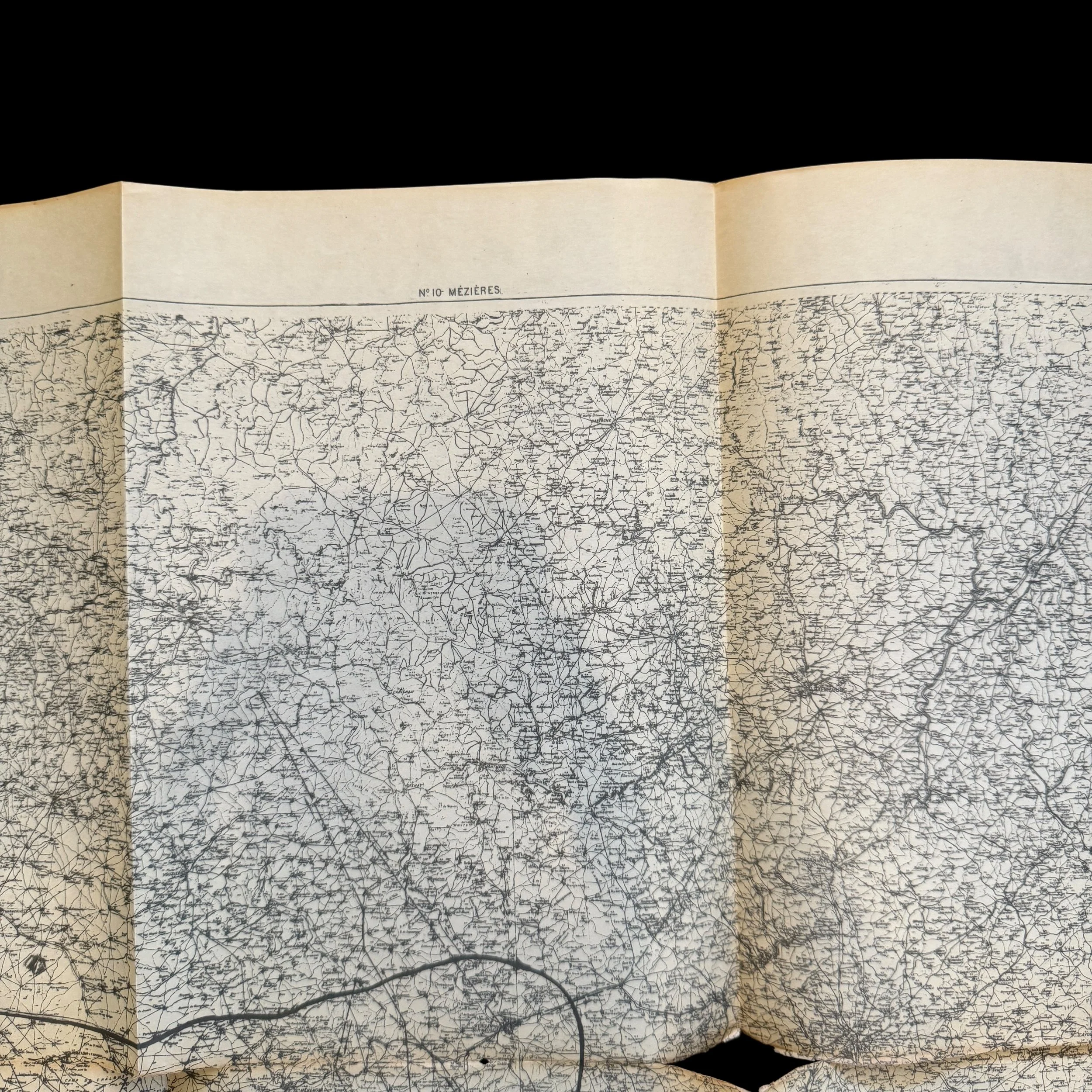




RARE! World War I Chaumont-en-Vexin Marne Salient Sector Operations Map
Comes with a hand-signed C.O.A.
This rare and museum-grade World War I map shows the Marne Salient sector. The Chaumont-en-Vexin area, situated in the northern part of France, played a significant role during World War I, particularly in the Marne Salient sector. This region, marked by intense military engagements, was a focal point in the broader context of the Western Front. The Marne Salient itself was a critical battleground that saw pivotal actions, impacting the course of the war.
Strategic Importance of the Chaumont-en-Vexin Area
Chaumont-en-Vexin, a small town in the Oise department, found itself near the front lines of several significant military operations during World War I. Its strategic location made it a crucial area for both the Allied and Central Powers. Positioned north of Paris, it served as a defensive buffer against potential German advances towards the French capital. Additionally, the region's railway networks and roadways were vital for the movement of troops and supplies, making control over this area essential for sustaining prolonged military campaigns.
The Marne Salient: A Focus of Conflict
The Marne Salient, part of the broader Marne sector, was a protrusion in the front lines that created a bulge into German-held territory. This salient was a site of recurrent battles, most notably the First and Second Battles of the Marne. These battles were characterized by large-scale infantry assaults, artillery bombardments, and the extensive use of trench warfare, which defined much of the Western Front.
The First Battle of the Marne (September 1914)
The First Battle of the Marne was a turning point early in the war, halting the German advance towards Paris. German forces, executing the Schlieffen Plan, aimed to quickly defeat France by sweeping through Belgium and northern France. However, the French Army, bolstered by the British Expeditionary Force (BEF), launched a counteroffensive from September 6 to September 12, 1914. The battle resulted in a strategic victory for the Allies, pushing the Germans back and leading to the subsequent establishment of the Western Front's entrenched positions.
Although Chaumont-en-Vexin was not directly on the front lines during this battle, its proximity to the conflict zone meant it was involved in logistical and support roles, with troops and supplies moving through the area.
The Second Battle of the Marne (July-August 1918)
The Second Battle of the Marne marked the last major German offensive on the Western Front. The Germans, seeking to break through the Allied lines, launched an attack on July 15, 1918. This battle saw the involvement of numerous Allied divisions, including American, French, British, and Italian forces.
The counteroffensive, initiated by the Allies on July 18, was spearheaded by the French Tenth Army, supported by the American 1st and 2nd Divisions. The coordinated assault led to significant German losses and marked the beginning of the Hundred Days Offensive, which eventually led to the end of the war.
Chaumont-en-Vexin, though not the epicenter of this battle, was within the operational theater. The town and surrounding areas likely served as staging grounds and logistical hubs for the Allied counteroffensive efforts.
Divisions Involved in the Marne Salient Sector
Several military divisions played critical roles in the operations within the Marne Salient sector, contributing to the broader efforts on the Western Front.
French Divisions
The French Army bore the brunt of the fighting in the Marne sector. Key French divisions included the Tenth Army, which played a crucial role in the Second Battle of the Marne, launching the counteroffensive that turned the tide in favor of the Allies. The French 6th Army, commanded by General Jean Degoutte, also participated significantly, coordinating with American forces.
American Expeditionary Forces (AEF)
The involvement of the American Expeditionary Forces under General John J. Pershing was pivotal during the latter stages of the war. The American 1st Division, known as "The Big Red One," and the 2nd Division, which included the famed Marine Brigade, were instrumental in the Second Battle of the Marne. Their contributions helped to bolster the Allied counteroffensive and break through German defenses.
British and Italian Forces
The British Expeditionary Force (BEF) and Italian divisions also participated in the operations in the Marne Salient sector. The BEF, under the command of Field Marshal Douglas Haig, provided critical support, particularly in coordination with French and American forces during the Second Battle of the Marne. Italian divisions, part of the Italian Expeditionary Corps, added to the multinational effort against the German offensive.
The Chaumont-en-Vexin area, while not the primary battleground, was an essential part of the broader Marne Salient sector during World War I. The strategic importance of this region lay in its logistical value and its proximity to major battle sites. The First and Second Battles of the Marne were pivotal conflicts within this sector, with the latter marking the beginning of the end for German ambitions on the Western Front.
The participation of various Allied divisions, including French, American, British, and Italian forces, underscored the multinational effort to repel the German offensives and secure a path to victory. The coordinated actions in the Marne Salient sector, supported by the critical logistical hubs such as Chaumont-en-Vexin, ultimately contributed to the successful conclusion of World War I.